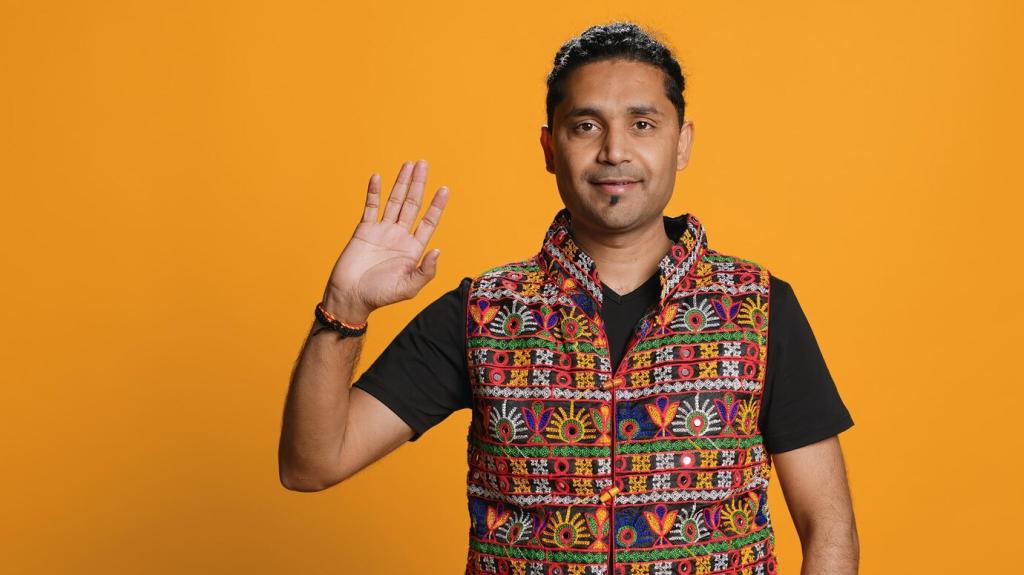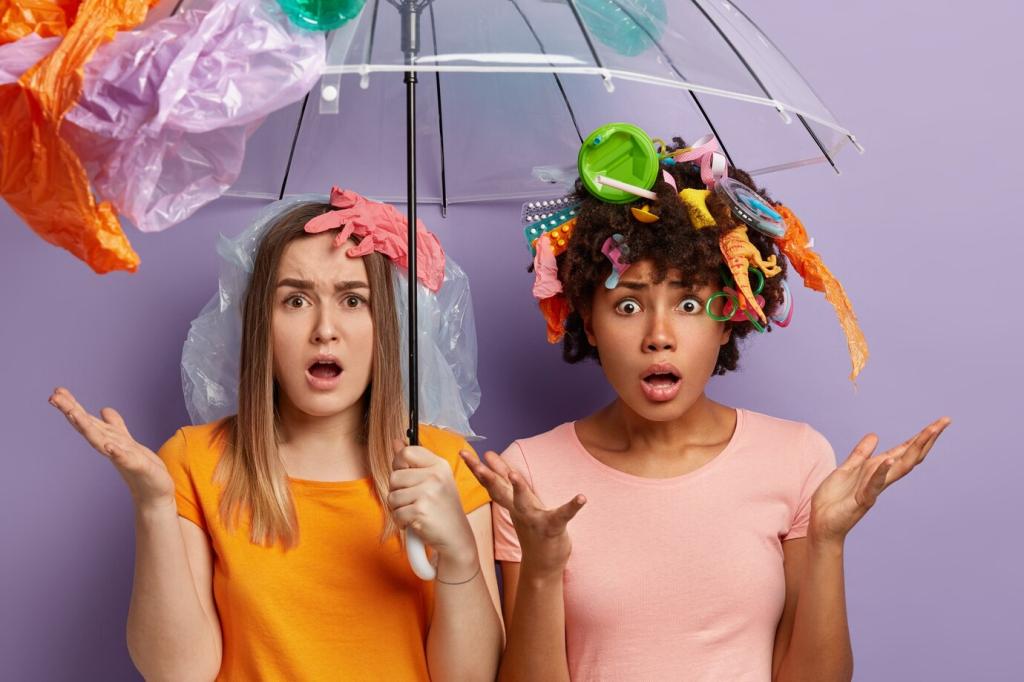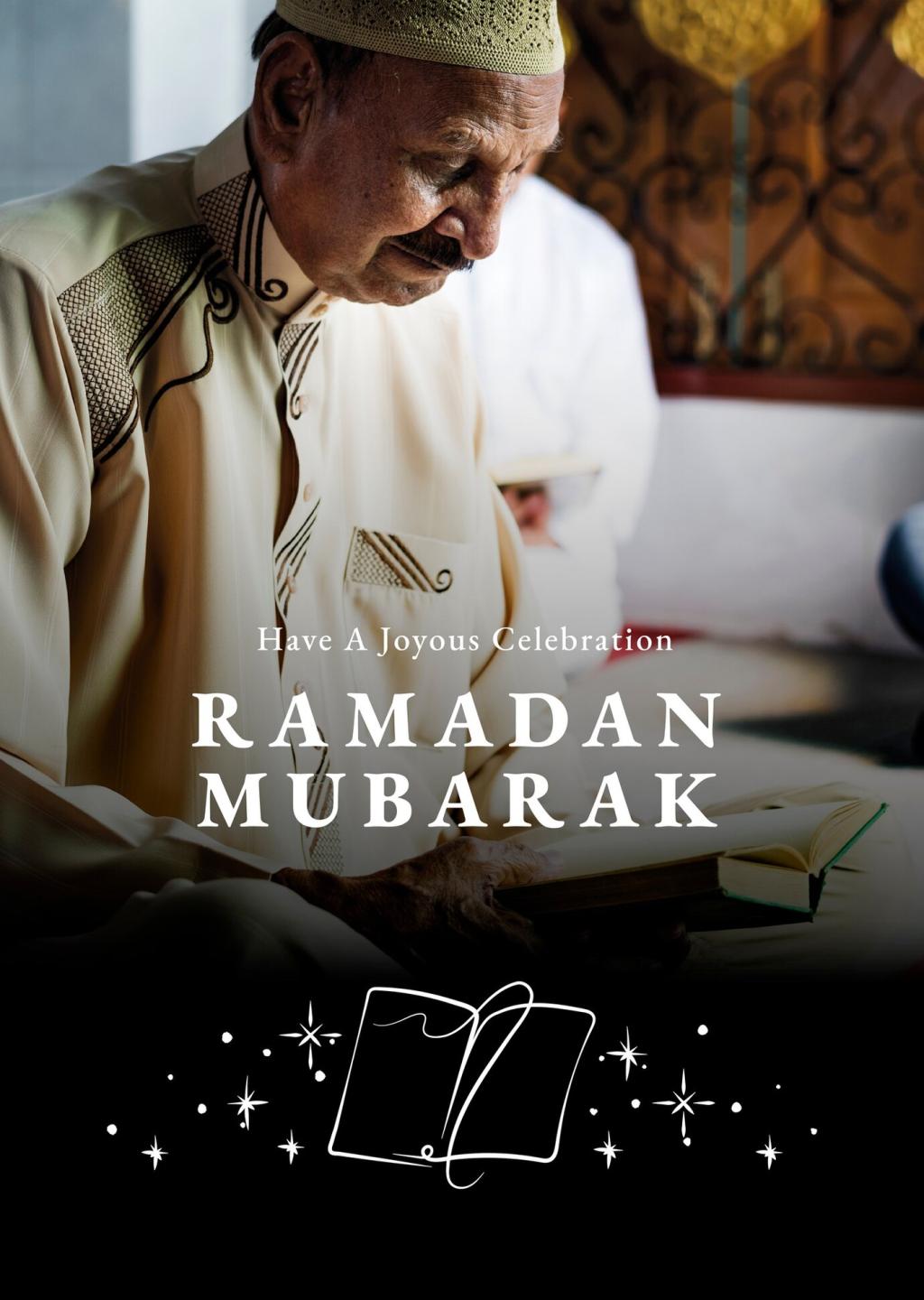Patterns on the Ground: Circles, Spirals, and Lines
Ring formations echo unity and cyclical time. Think of Sufi whirling or Slavic kolo, where rotation binds individuals into a breathing sphere. The circle offers safety for transformation, a boundary that holds prayer. Which circle dances have moved you into shared focus? Tell us and help expand our global map.
Patterns on the Ground: Circles, Spirals, and Lines
Spirals invite inward journey and outward return, teaching that revelation and reintegration are one path. Some European village rites wind into a center before unwinding, mirroring seasonal renewal. When you witness a spiral, ask what is being sought and what must be carried back. Subscribe for our field notes on spiral rites worldwide.
Patterns on the Ground: Circles, Spirals, and Lines
Lines to the four directions align dances with landscape and ancestors. Yoruba ceremonies honor crossroads as thresholds of choice and change, while many Indigenous North American dances face sunrise to welcome renewal. Notice how orientation frames intent. Share any directional protocols you have respectfully observed, and let us compare patterns.





